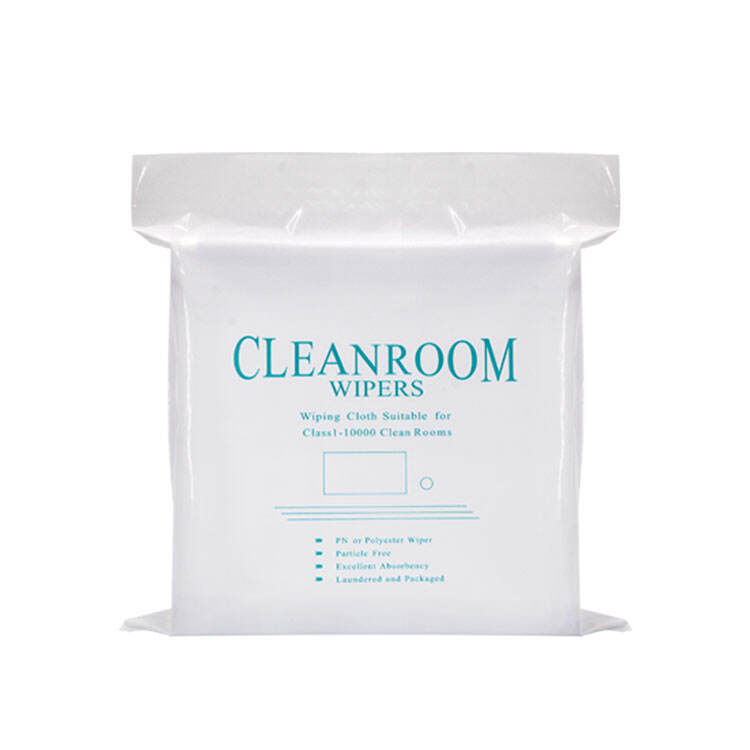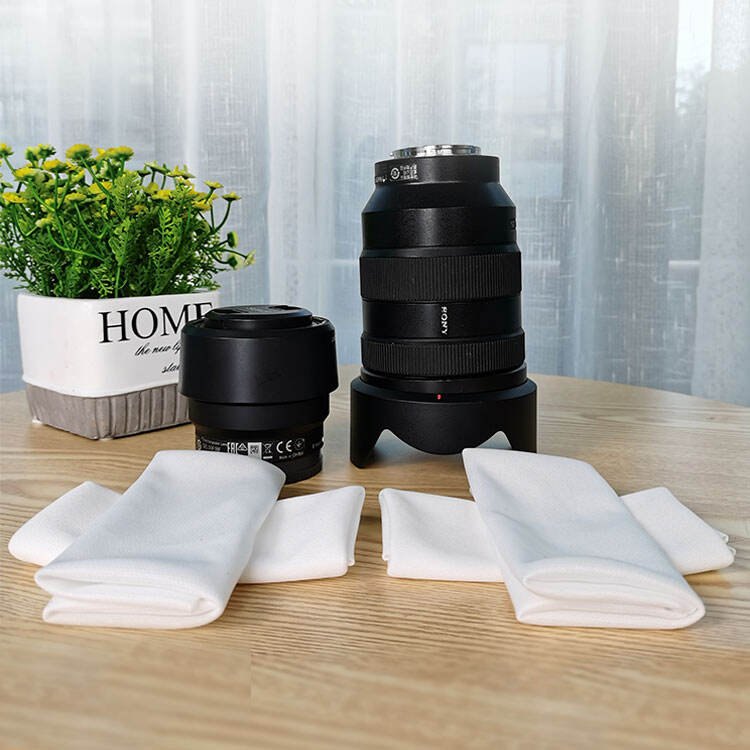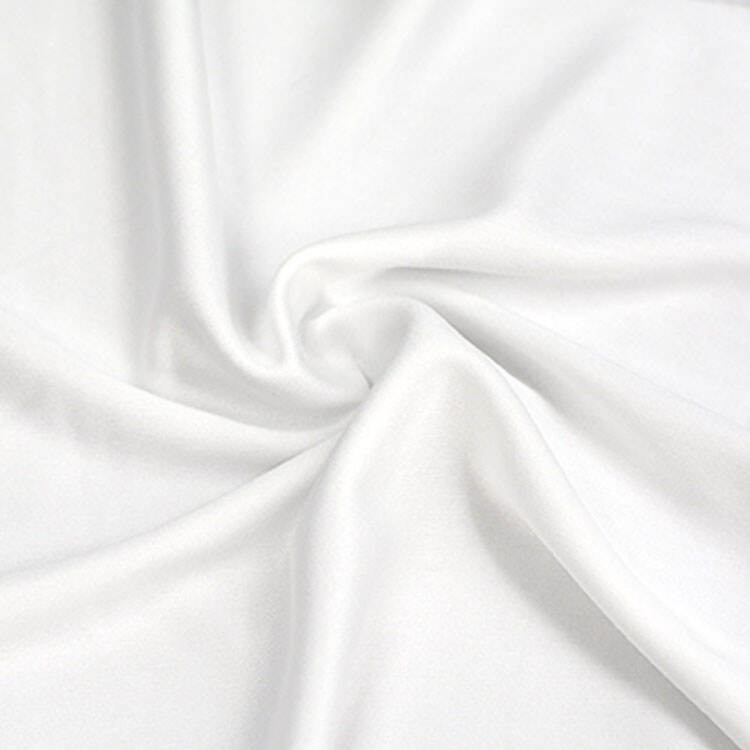microfiber cleanroom wipers
Microfiber cleanroom wipers represent a pinnacle in contamination control technology, engineered specifically for critical cleaning applications in controlled environments. These specialized wipers are manufactured using ultra-fine synthetic fibers, typically measuring less than 1 denier in diameter, which are split into microscopic strands to create an exceptional cleaning surface. The unique construction allows these wipers to effectively capture and remove particles as small as 0.3 microns, making them ideal for use in ISO-certified cleanrooms and other controlled environments. The wipers feature a precision-knitted construction that eliminates loose fibers and particles, ensuring minimal particle generation during use. Each wiper undergoes rigorous quality control processes, including laundering in ultra-pure water and packaging in cleanroom conditions to maintain their pristine state. These wipers are specifically designed to meet the stringent requirements of semiconductor manufacturing, pharmaceutical production, biotechnology research, and other high-tech industries where contamination control is paramount. The material composition typically includes a blend of polyester and polyamide fibers, optimized for both dry and wet cleaning applications, offering superior chemical compatibility and durability.


